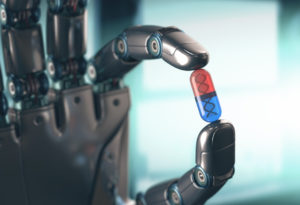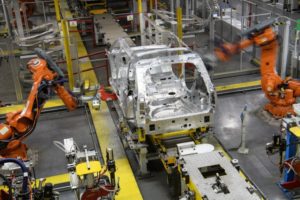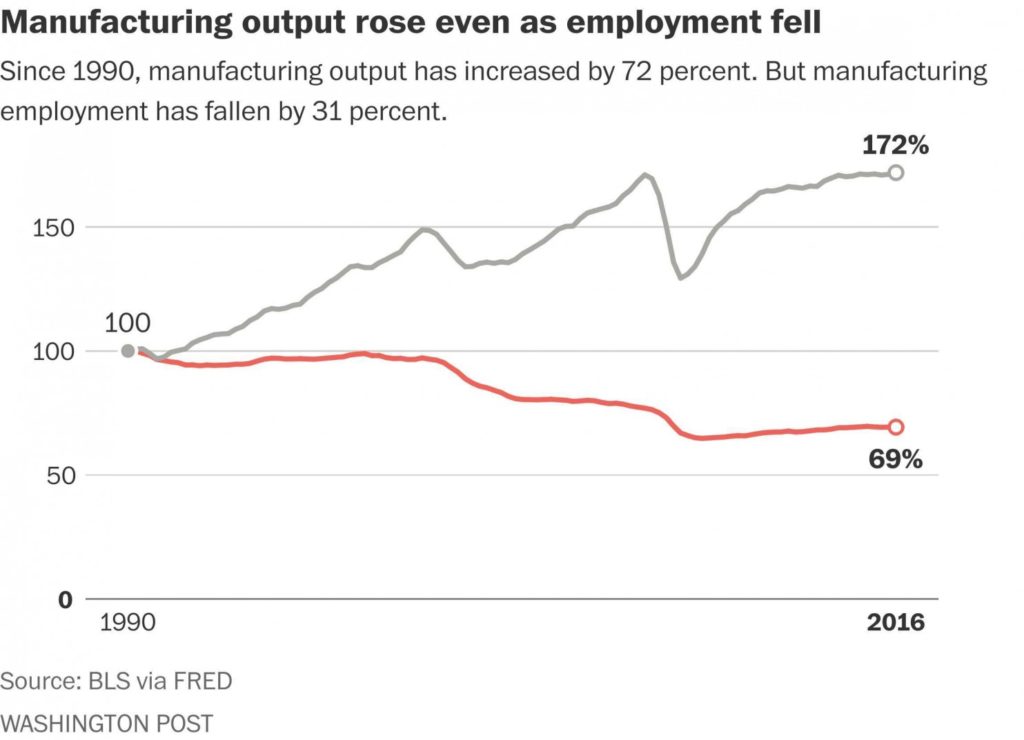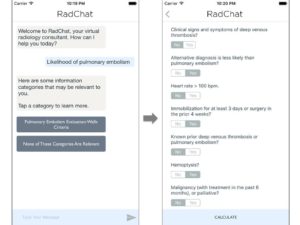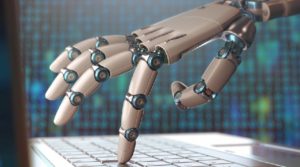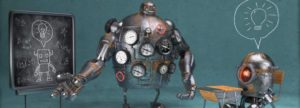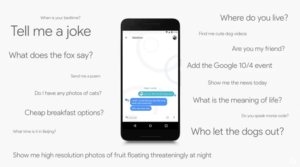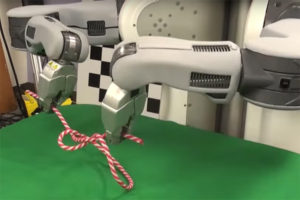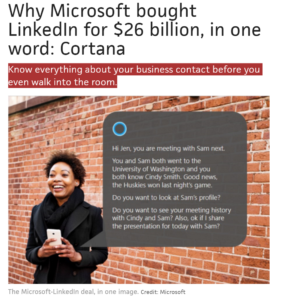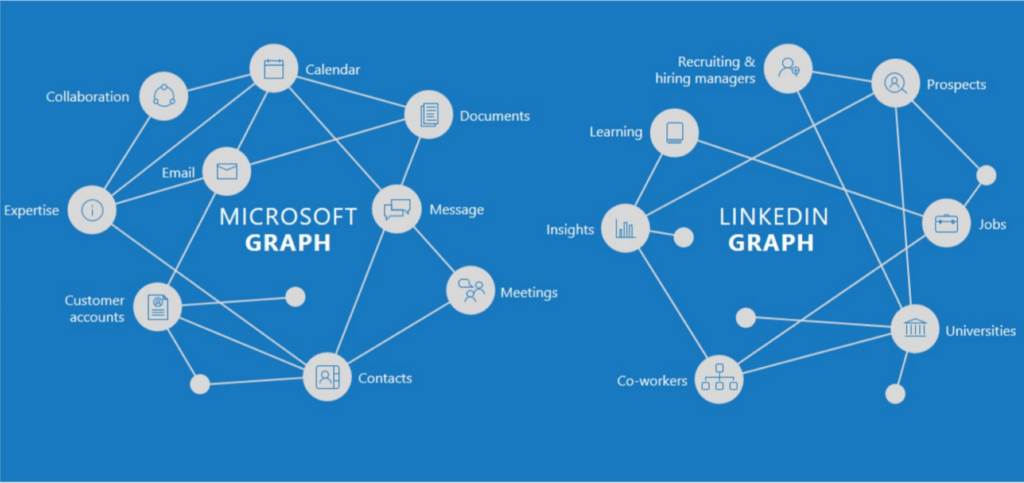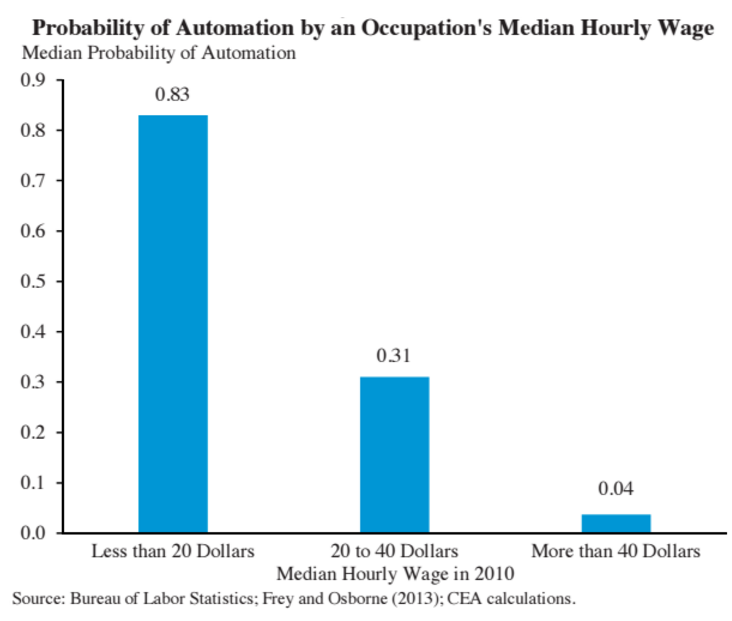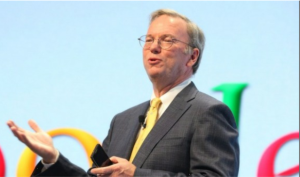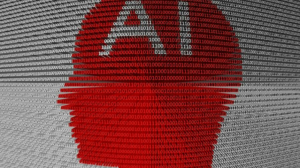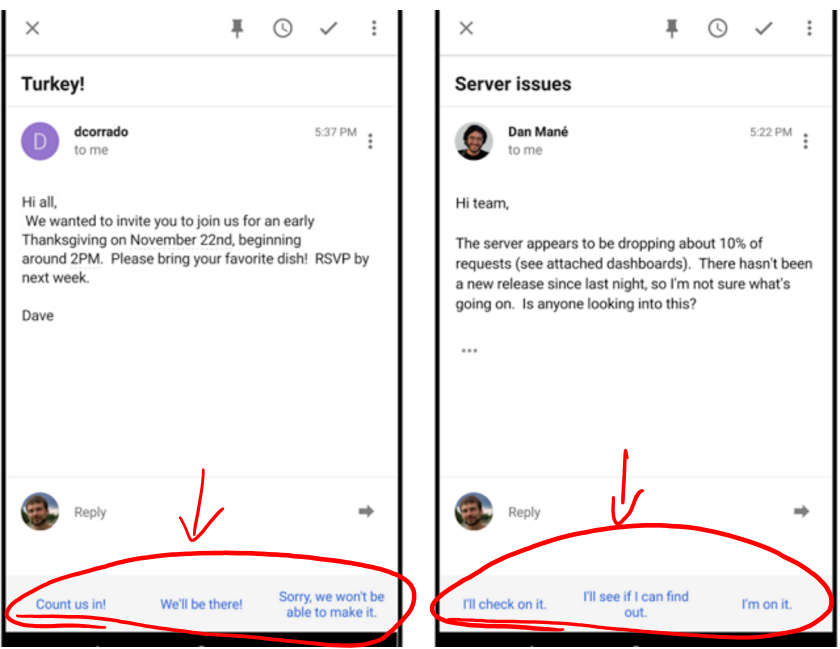
IBM Chairman, President, and Chief Executive Officer Ginni Rometty. PHOTOGRAPHER: STEPHANIE SINCLAIR FOR BLOOMBERG BUSINESSWEEK
If I considered the initials AI, I would have preferred augmented intelligence.
It’s the idea that each of us are going to need help on all important decisions.
A study said on average that a third of your decisions are really great decisions, a third are not optimal, and a third are just wrong. We’ve estimated the market is $2 billion for tools to make better decisions.
That’s what led us all to really calling it cognitive
“Look, we really think this is about man and machine, not man vs. machine. This is an era—really, an era that will play out for decades in front of us.”
We set out to build an AI platform for business.
AI would be vertical. You would train it to know medicine. You would train it to know underwriting of insurance. You would train it to know financial crimes. Train it to know oncology. Train it to know weather. And it isn’t just about billions of data points. In the regulatory world, there aren’t billions of data points. You need to train and interpret something with small amounts of data.
This is really another key point about professional AI. Doctors don’t want black-and-white answers, nor does any profession. If you’re a professional, my guess is when you interact with AI, you don’t want it to say, “Here is an answer.”
What a doctor wants is, “OK, give me the possible answers. Tell my why you believe it. Can I see the research, the evidence, the ‘percent confident’? What more would you like to know?”
It’s our responsibility if we build this stuff to guide it safely into the world.
Source: Bloomberg
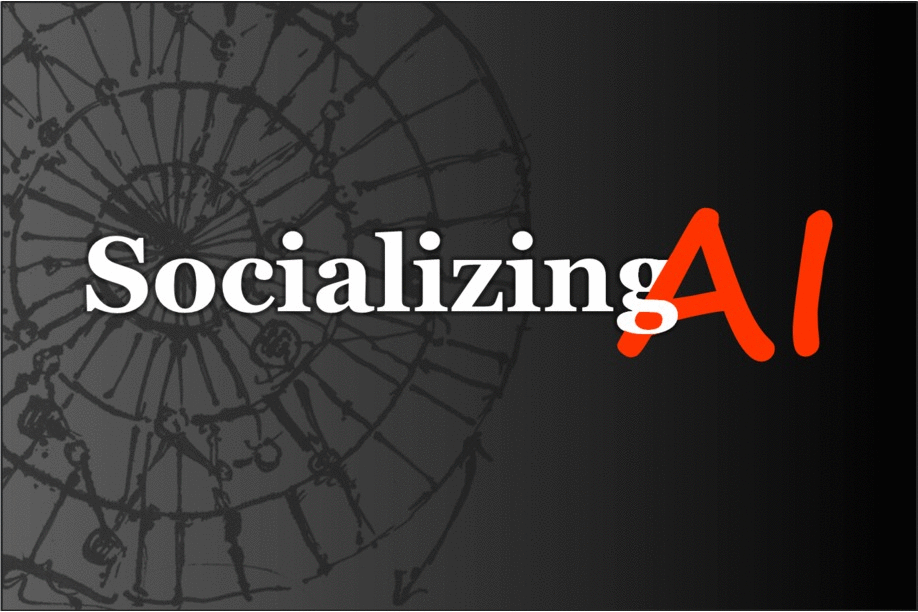
 I
I